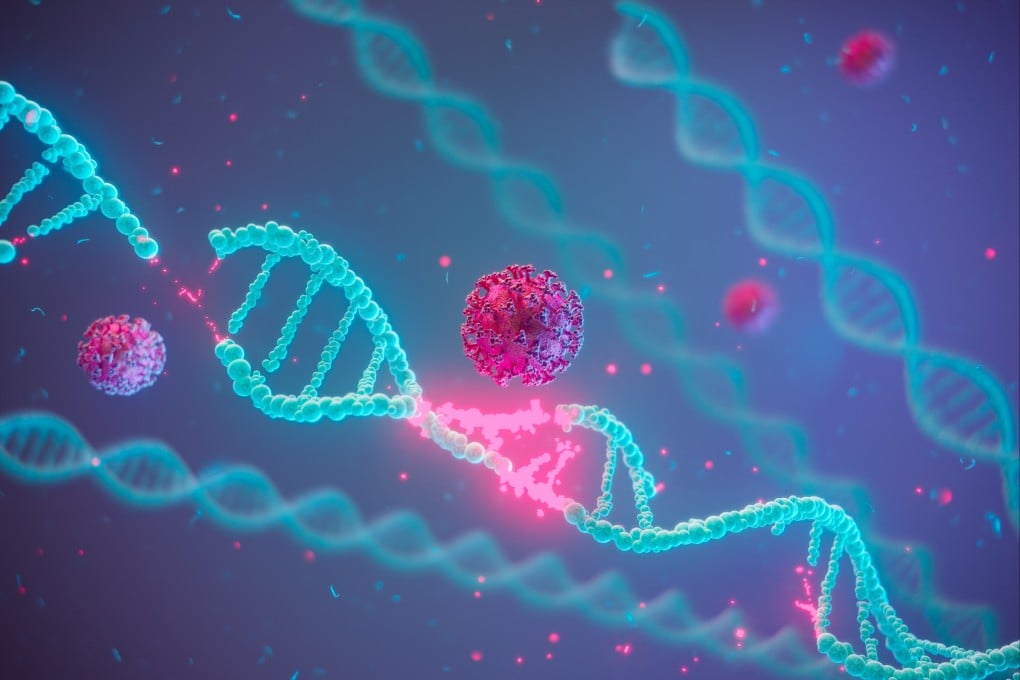Chinese scientists find natural selection loophole that could help transform food security
- Gene editing tool to modify wild plant populations can balance crop protection with environmental concerns, researchers say

By harnessing a system that uses both a toxin and an antidote to target the male plant germline, the scientists were able to overcome the natural Mendelian transmission rate, achieving gene transmission rates of up to 99 per cent over two generations.
Efforts to breed for ideal genes that can be detrimental to their plants have been limited by the classical principles of Mendelian inheritance and Darwinian natural selection, the team from the Chinese Academy of Sciences and Peking University said in their paper.
Mendelian inheritance is a principle that describes how genetic traits are passed from one generation to another, and states that the two alleles contained within a single gene each have a 50 per cent chance of passing on to offspring through reproduction.
.jpg?itok=t8OJmsoF)